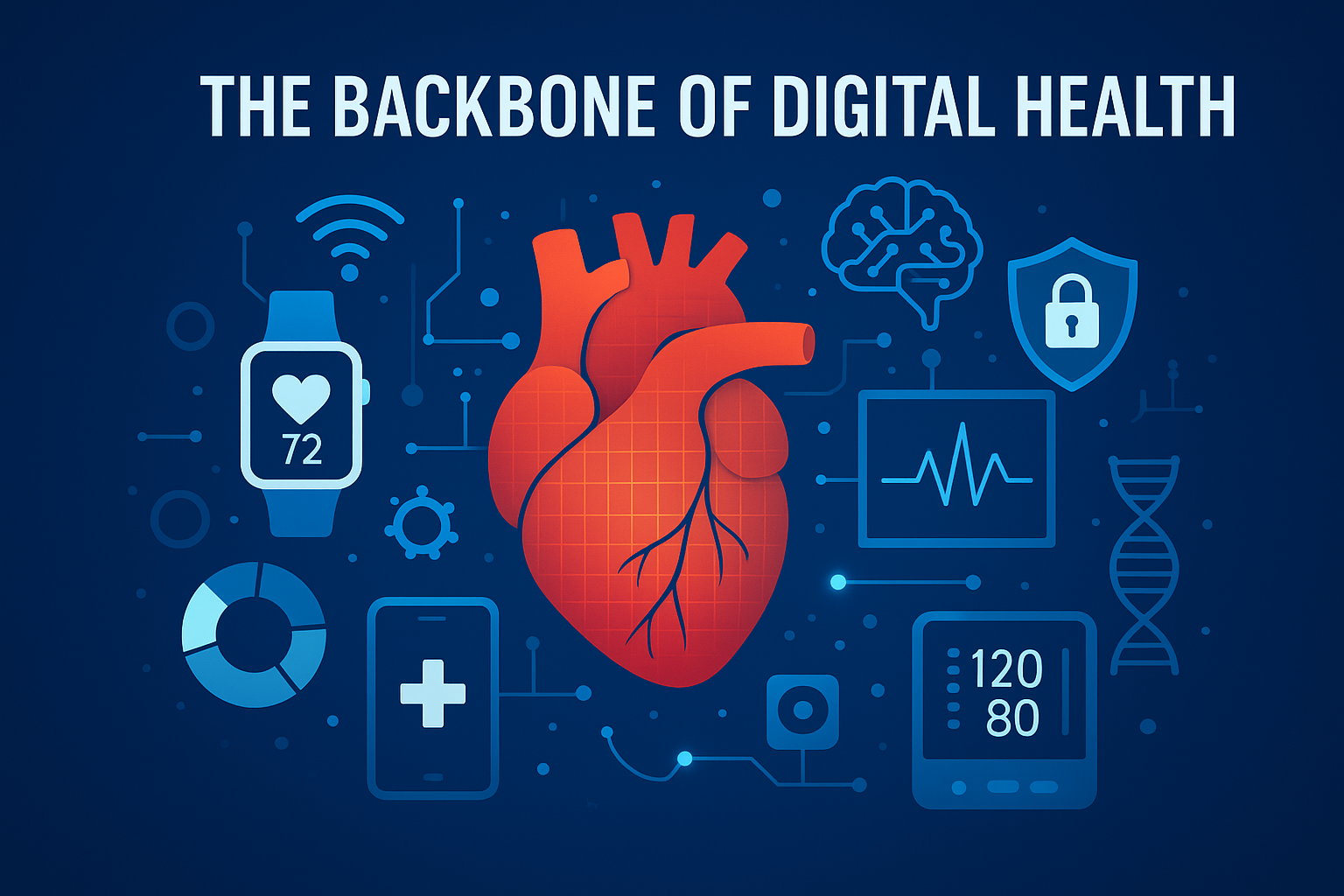
Smart healthcare is redefining modern medicine by weaving technology seamlessly into patient care. The result is a system that is more connected, efficient, and personalised than ever before. From wearable devices and AI-driven diagnostics to big data analytics and telemedicine, technology is not only improving health outcomes but also reducing costs and empowering patients to take control of their well-being.
At the very heart of this transformation lies electronics. Whether it’s the advanced sensors inside wearables or the AI-enabled processors driving diagnostic tools, electronics are the invisible engine making healthcare smarter. They enable continuous monitoring, real-time data sharing, predictive insights, and tailored treatments — capabilities that were unthinkable just a decade ago.
Key Roles of Electronics in Healthcare
From Beds to Bots: The Future of Hospital Intelligence
Electronics are also reshaping hospital infrastructure. Smart beds monitor patient movement, RFID tags streamline the tracking of equipment and people, and automation systems reduce human error while boosting efficiency. Behind the scenes, electronics form the nervous system of today’s intelligent hospitals.
Wireless and Smart Medical Devices
Life-saving innovations like pacemakers, insulin pumps, and neurostimulators rely entirely on electronic systems. Many now integrate wireless monitoring, enabling physicians to track device performance remotely. Emerging technologies such as ingestible “smart pills” take this a step further, transmitting valuable health information directly from inside the body — without invasive procedures.
Smart Medical Imaging
Modern imaging systems — MRI, CT, ultrasound, and X-ray — depend on cutting-edge electronics. Advances in sensors and processing improve image clarity, reduce radiation exposure, and accelerate analysis. Meanwhile, AI-powered digital pathology is transforming diagnostics by enabling earlier, more accurate disease detection.
Seamless Integration of Patient Data
Handheld ECGs, glucose monitors, and smart blood pressure cuffs bring healthcare directly to the patient. With built-in Bluetooth® and Wi-Fi connectivity, these devices integrate seamlessly with electronic health records and mobile apps, allowing real-time data sharing with healthcare providers.
Wearable Devices and Sensors
From smartwatches and fitness trackers to medical-grade wearables, electronics power the measurement of vital signs such as heart rate, oxygen levels, and glucose. Miniaturised sensors, processors, wireless chips, and batteries work together to capture and transmit health data instantly. Even hearing aids have evolved into sophisticated microcomputers, offering enhanced comfort and performance.
Electronics Powering Smart Medical Devices
Inside every medical device, electronics handle the critical tasks of processing data and transmitting it securely. Communication standards like Bluetooth Low Energy, Zigbee, NFC, and Wi-Fi ensure reliable connectivity. Embedded AI chips and edge computing bring real-time intelligence directly to the device, while energy-efficient batteries and energy-harvesting technologies extend the lifespan of wearables and implants.
Looking Ahead: The Future of Smart Health
The next wave of innovation will take healthcare even further:
- Flexible electronics and e-textiles for wearables that feel like clothing.
- Brain-computer interfaces and advanced prosthetics to restore lost functions.
- Neuromorphic and quantum electronics to unlock breakthroughs in prediction and treatment.
Together, these advancements will accelerate the vision of P4 Medicine — Predictive, Preventive, Personalised, and Participatory healthcare.
As technology continues to evolve, one truth remains constant: electronics are the backbone of digital health. They power the devices, insights, and connections that make medicine safer, smarter, and more human.